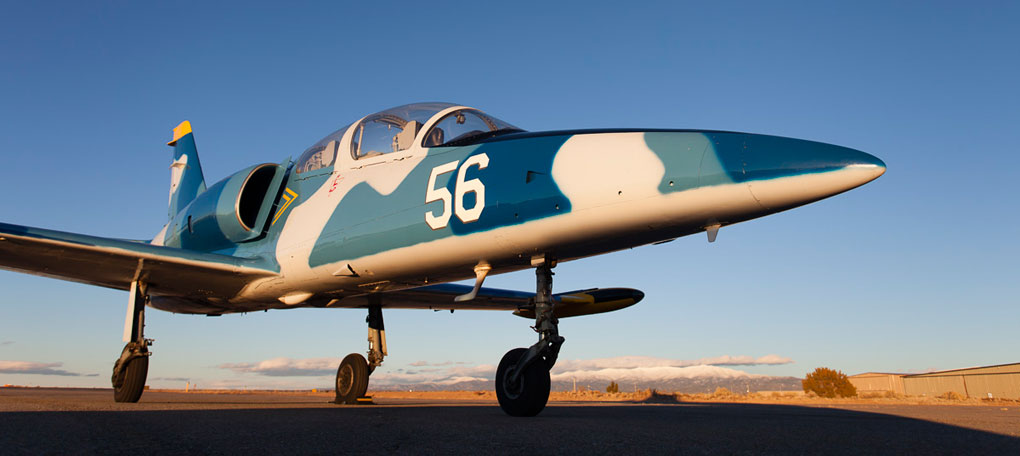Exploring the L39 Albatross: A Guide for Aviation Fans
The L39 Albatross, a jet trainer aircraft developed by Aero Vodochody, has long captivated the imagination of aviation enthusiasts around the world. Known for its sleek design and impressive capabilities, this aircraft is a staple in both military training and private collections. In this article, we delve into what makes the L39 Albatross an aviation marvel and provide a comprehensive guide for those eager to explore its remarkable features.
Unveiling the L39 Albatross: An Aviation Marvel

The L39 Albatross first took to the skies in the late 1960s, emerging as a successor to the L29 Delfin. Designed by the Czech aviation company Aero Vodochody, it quickly garnered attention for its versatility and modern engineering. The aircraft’s maiden flight in 1968 marked the beginning of a long and storied career in various air forces around the globe. Today, the L39 is celebrated not only for its historical significance but also for its continued use in pilot training programs, showcasing its enduring design and functionality.
What sets the L39 Albatross apart from its contemporaries is its blend of agility and reliability. With a top speed of approximately 470 knots and a range of 1,000 miles, it offers both speed and endurance. Its simple yet innovative design features a low-wing monoplane structure and tandem seating, allowing for efficient training operations. The L39’s engine, the Ivchenko AI-25TL turbofan, provides a thrust of 3,800 pounds, giving it the power needed for a range of maneuvers. This combination of speed, range, and resilience makes the L39 a favorite among aviation experts.
The aircraft’s adaptability extends beyond its primary role as a trainer. Over the years, the L39 has been modified for various roles, including light attack and reconnaissance missions. Its ability to carry a range of munitions, including bombs and rockets, further underscores its versatility. This multipurpose use has allowed the L39 Albatross to maintain its place in modern aviation, even as newer aircraft have emerged. For aviation fans, the L39 stands as a testament to innovation and adaptability, embodying the spirit of flight.
A Comprehensive Guide for Aviation Enthusiasts

For aviation enthusiasts looking to explore the L39 Albatross up close, several avenues are available. Many aviation museums around the world feature the L39 in their collections, offering visitors a chance to admire its sleek lines and advanced technology. Additionally, international airshows often showcase the L39 in action, where its agility and speed are put on full display in thrilling demonstrations. For a more hands-on experience, some organizations offer flights in the L39, allowing civilians to feel the exhilaration of piloting this remarkable aircraft.
Understanding the technical specifications of the L39 Albatross can enhance the appreciation of its design. The aircraft measures approximately 39 feet in length with a wingspan of 31 feet, and its maximum takeoff weight is around 10,500 pounds. The cockpit is equipped with modern avionics, which have been updated over the years to keep pace with technological advancements. This includes navigation systems, radar, and communication tools that align with contemporary aviation standards, making it a sophisticated machine for its time and beyond.
For those interested in the history of the L39, a wealth of resources is available online and in print. From detailed histories and pilot anecdotes to technical manuals, these resources offer insight into the development and operational life of the L39. Aviation forums and enthusiast groups also provide platforms for discussion and information sharing, connecting fans from around the world who share a passion for this iconic aircraft. Whether through personal research or community engagement, the L39 Albatross continues to be a focal point of interest for those captivated by the allure of flight.
The L39 Albatross remains an enduring symbol of innovation and excellence in aviation. Its remarkable design, versatility, and historical significance make it a fascinating subject for enthusiasts and experts alike. Whether experienced in a museum, at an airshow, or in the cockpit, the L39 offers a unique glimpse into the art of aircraft engineering and the thrill of flight. As new generations of aviation fans discover its legacy, the L39 Albatross continues to soar in the annals of aviation history, inspiring future pilots and engineers with its timeless appeal.



